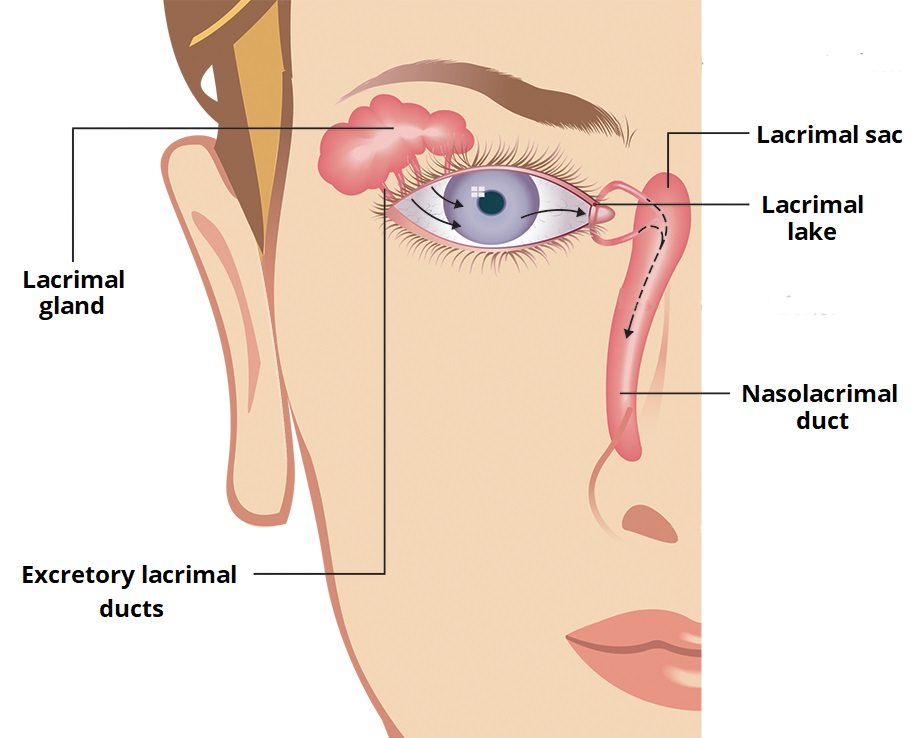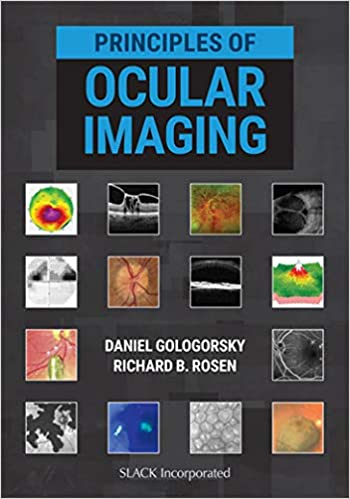Several cases have been reported in the media and medical literature regarding the spread of coronavirus through the eyes. Several of my patients have asked me, "How is this possible?"
How is this possible?
The eye's defense system
The eye has a robust physical defence mechanism against the contaminated outside world.
- First, just like the rest of the body, the eye has a "skin layer" that protects it from the contaminated outside world. This thin layer (called the conjunctiva) physically protects the eye from most contaminants.
- Second, the eye is protected with tears, produced by the lacrimal gland and drained through the lacrimal drainage system (into the nose), to wash away any incidental germs on the surface of the eye.

When the system fails
Most viruses and bacteria are introduced to the eye via touch or rubbing, but most do not cross the conjunctival barrier and are blinked away - washed out by the tears - and drained out of eye region.
But sometimes a virus or bacterium causes a local eye infection, a conjunctivitis. This is colloquially known as a "pink eye", that appears red, feels itchy, and produces a watery or purulent discharge. Most conjunctivitis infections usually resolve on their own. (In fact, most conjunctivitis infections are caused by the adenovirus, the same virus that causes an upper respiratory infection, or the common cold. So it is quite common for someone with a cold to have an eye that is inoculated wiith the same pathogen, and to develop a conjunctivitis concurrently.)
From eye to everywhere
Once the virus is in the eye, the virus can then be transmitted from the eye to the rest of the body through the mechanism we discussed earlier, the tears.
Imagine a person shakes hands with an infected individual and subsequently rubs one's eye. The virus is flushed from the eye surface wthrough the tears, which are drained through the punctum and nalolacrimal system and released into the nose!
So the virus then finds itself in nasal mucosa and the oropharaynx (the throat), where it reproduces favorably and infects the rest of the body.
Side note: this absorption mechanism through tears is why an astute ophthalmologist will ask his glaucoma patients whether or not they have a cardiac or pulmonary history prior to prescribing "eye drops", as they all have systemic absorption through this mechanism.
Keep safe
The eyes are an often overlooked mode of entry for any virus or bacterium. During the era of COVID-19, in addition to donning masks and gloves, it is essential to avoid touching ones face and rubbing one's eyes.

